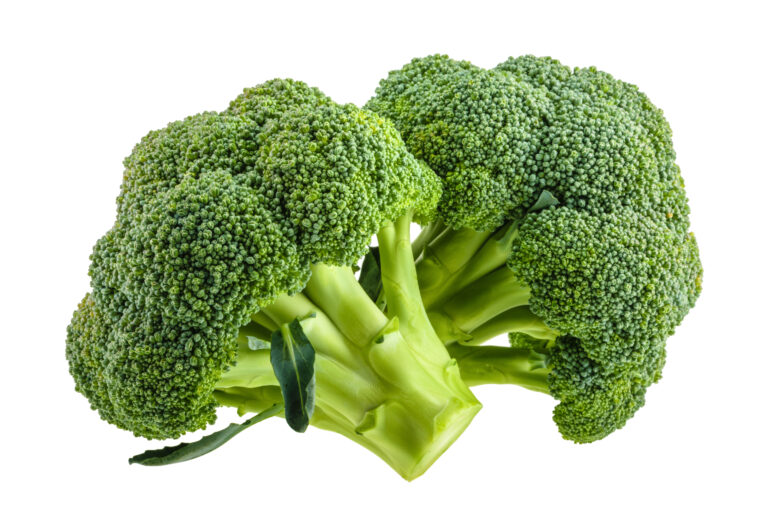With nationwide outbreak cases of cyclosporiasis continuing to increase, rising to more than 200 confirmed cases, TAG clients have been asking about this foodborne illness and recommendations for containment and prevention. So, we are providing a brief Q&A to answer the questions and bring you all up to date.
Q. What is Cyclospora?
A. Cyclospora cayetanensis is a microscopic parasite that causes an intestinal infection called cyclosporiasis. Cyclosporiasis occurs only in humans, with the parasite originating from the feces of infected people. It spreads when people ingest food or water that was contaminated with human feces. People living or traveling in tropical or subtropical regions of the world may be at increased risk for infection because cyclosporiasis is endemic in some countries in these zones. Additionally, foodborne outbreaks in the U.S. have been linked to various types of fresh produce – both domestic and imported.
Q. How is cyclosporiasis transmitted?
A. Foreign travel and imported produce are commonly reported as primary risk factors, but domestically acquired Cyclospora infections are also common, with domestic produce being implicated as a known factor in an outbreak in 2018 for the first time.
Cyclospora is spread only through human feces – unlike pathogens such as E. coli and Salmonella, which can also be spread from animal feces. Once shed by the infected person, the parasite needs 1-2 weeks in the environment to become infectious for another person. Because of this, it is unlikely for it to be passed directly from person to person. Rather, the parasite is transmitted when a person ingests food or water that is contaminated by the infected feces.
The most common symptom of infection is diarrhea, however, an infected person may have no symptoms yet still be able to transmit the illness. Symptoms also can seem to dissipate, but then come back with the illness lasting from a few days to a month or longer, and people can be infected more than once. The infection can be treated with antibiotics or may resolve on its own.
Q. What is causing the current outbreak?
A. As reported by CDC, no specific food items have been identified as the source of most of the illnesses. Although Cyclospora infections are frequently associated with produce in other countries, none of the 210 confirmed cases reported international travel before becoming ill.
Among the cases are 20 which have been linked to an outbreak associated with raw imported broccoli, for which not enough information was able to be gathered in the CDC/FDA traceback to identify a specific type or producer. While that outbreak appears to be over, with no indication that broccoli continues to be a source of continued cases, unrelated cases continue to be reported in those states and elsewhere. Previous U.S. outbreaks have been linked to other fresh produce, such as basil, cilantro, mesclun lettuce, raspberries, snow peas, and bagged salad.
The investigation of the current outbreak is ongoing, with state and local public health officials interviewing those with cyclosporiasis about the foods they ate before getting sick.
How can I control or prevent Cyclospora in my establishment?
Traditional microbial testing will not identify the presence of C. cayetanensis but may help identify poor water quality, which may be an indicator. Additionally, FDA has recently improved the method for the detection of the parasite on some fresh fruits and vegetables; and, because infected humans are the source of Cyclospora, worker hygiene, workplace sanitation, and other sanitary protections are critical to reducing the likelihood of contamination. Overall testing does not appear to be the answer but rather having optimal Good Agricultural Practices is key to controlling the risks. Specific establishment recommendations include:
In retail and foodservice establishments:
- Ensure utensils and surfaces are washed and sanitized before food is handled. Wash and sanitize display cases and refrigerators anywhere potentially contaminated products may have been stored.
- Wash and sanitize cutting boards, surfaces, and utensils used to prepare, serve, or store potentially contaminated products.
- Wash hands with warm water and soap following each cleaning and sanitation process.
- Educate farm personnel on good health and hygienic practices
- Assess the potential for conditions on the farm that could introduce or contribute to contamination (e.g., monitoring inputs that may be contaminated by human feces, such as surface waters that may be impacted by sewage leaks.)
- Because the contamination may be introduced to the environment or to covered produce via contaminated water during early season irrigation:
- Manage septic systems and portable toilets and consider where and how toilet facilities are cleaned and maintained, so these do not become a source of contamination.
- Identify steps to address sewage spills or leaks and consider contacting your local public health or waste management authorities for assistance.
- Assess water systems and adjacent land for potential for contamination sources (e.g., landfills, sewage or septic systems, and land application of wastewater), including the likelihood of run-off.
- Review conditions and practices on the farm with a food safety team to identify and mitigate potential sources or routes of contamination.
In your supply chain:
- FSMA’s Foreign Supplier Verification Program (FSVP) Rule sets standards for the import of foods into the U.S., requiring that foods, including produce, be verified to meet the same food safety standards as those set by FSMA.
- Because history shows that imported produce from countries where Cyclospora is endemic is a primary source of outbreaks, it is essential that a thorough FSVP be maintained, and that all U.S. manufacturing, retail, and foodservice establishments understand and mitigate the risks throughout their supply chains.
Cyclospora outbreaks are reported year-round, with increases generally occurring in the spring and summer months in the U.S. While it can be challenging to identify the specific source, ensuring worker hygiene, handwashing, and environmental sanitation can play a significant part in mitigating the risks.





